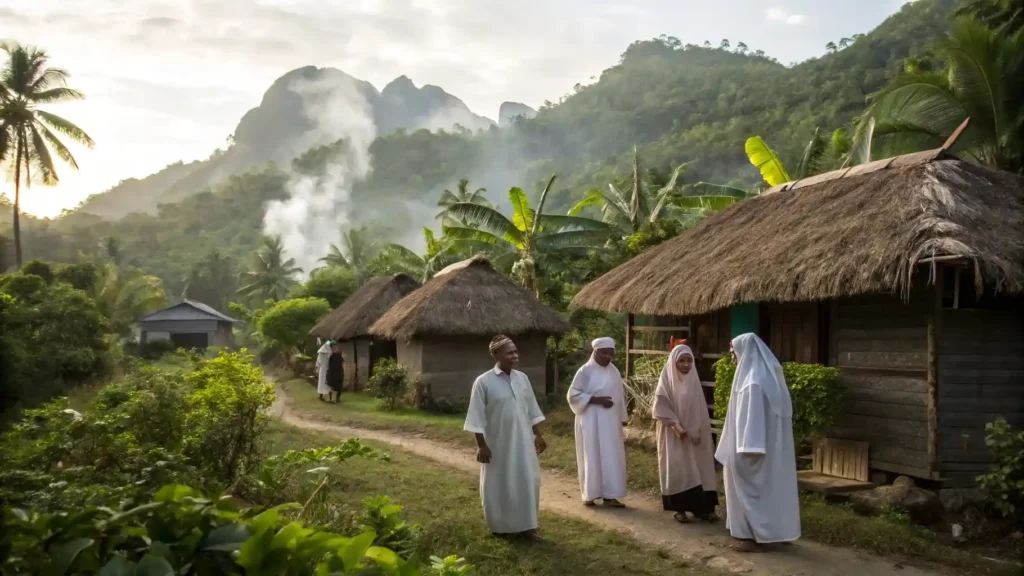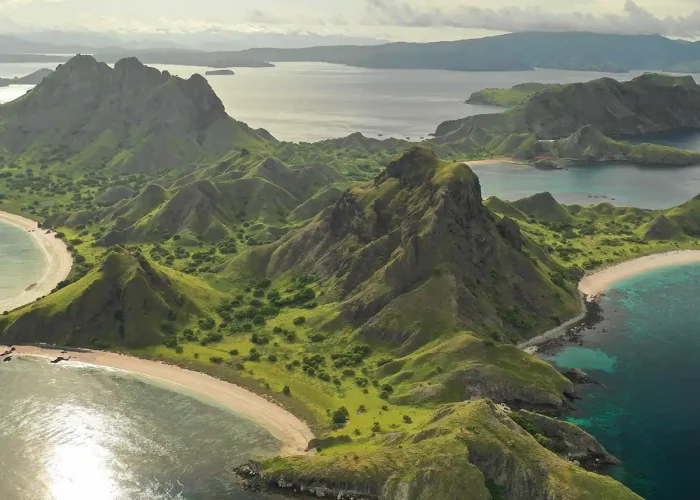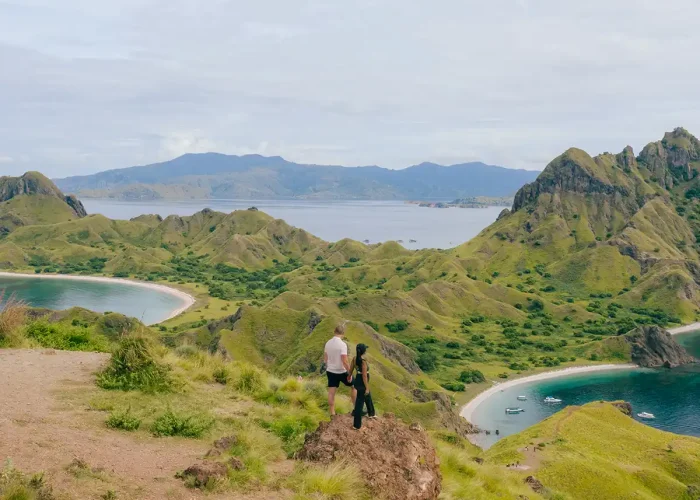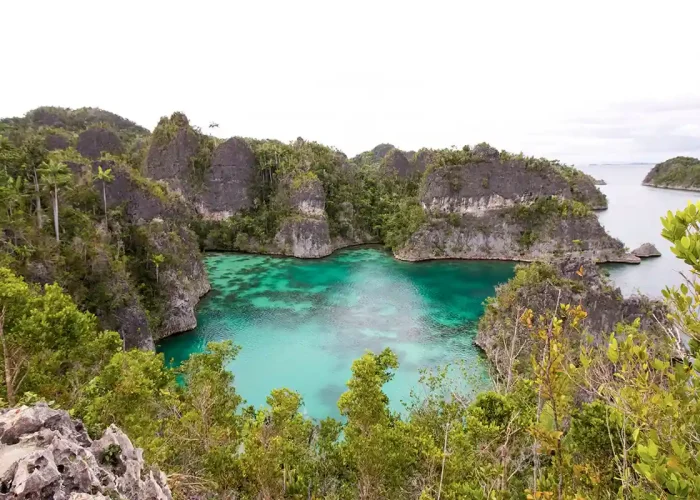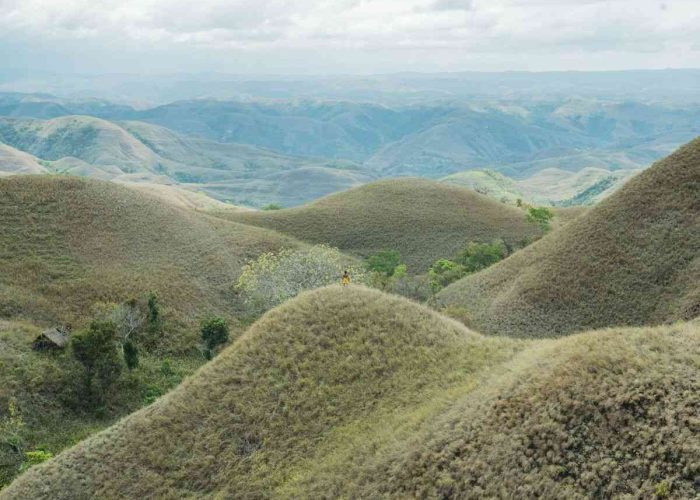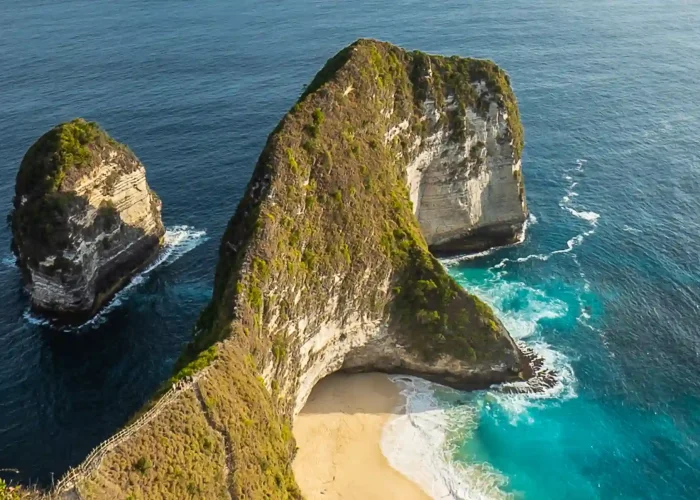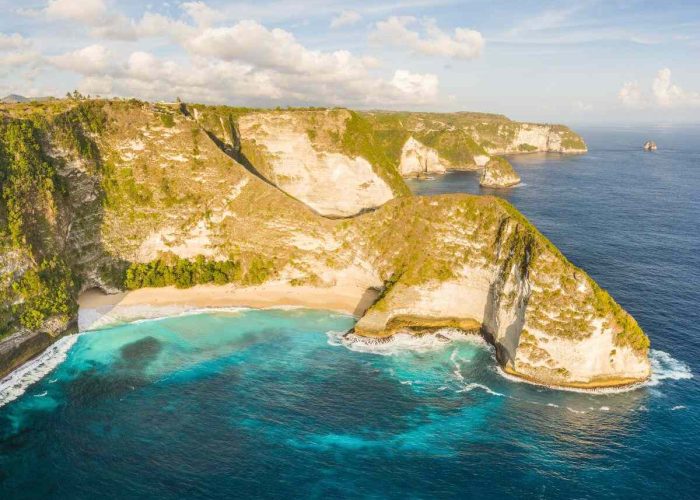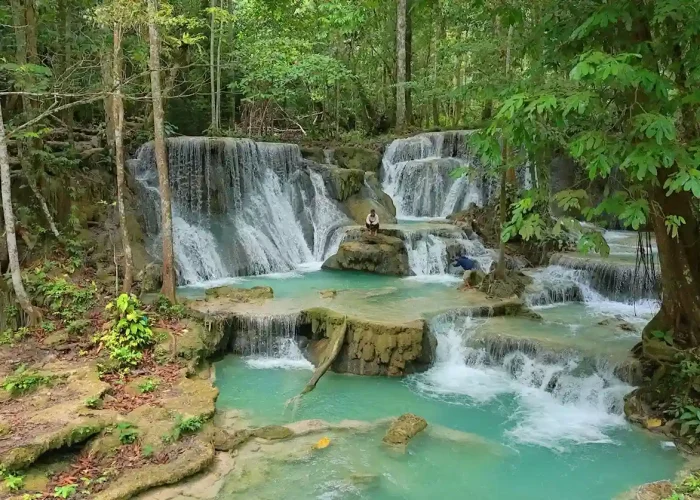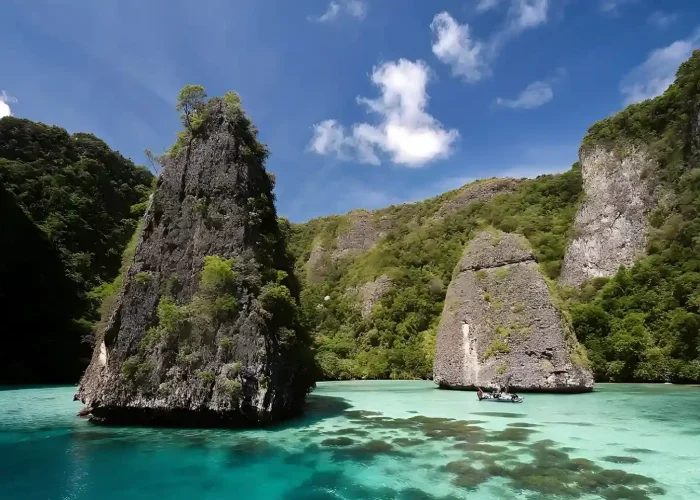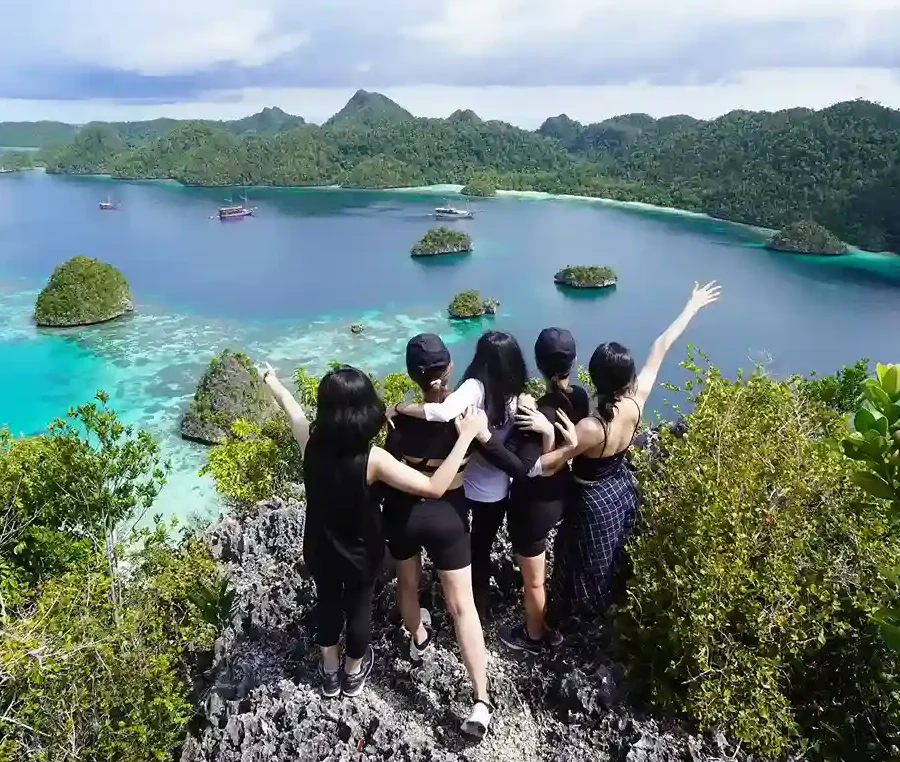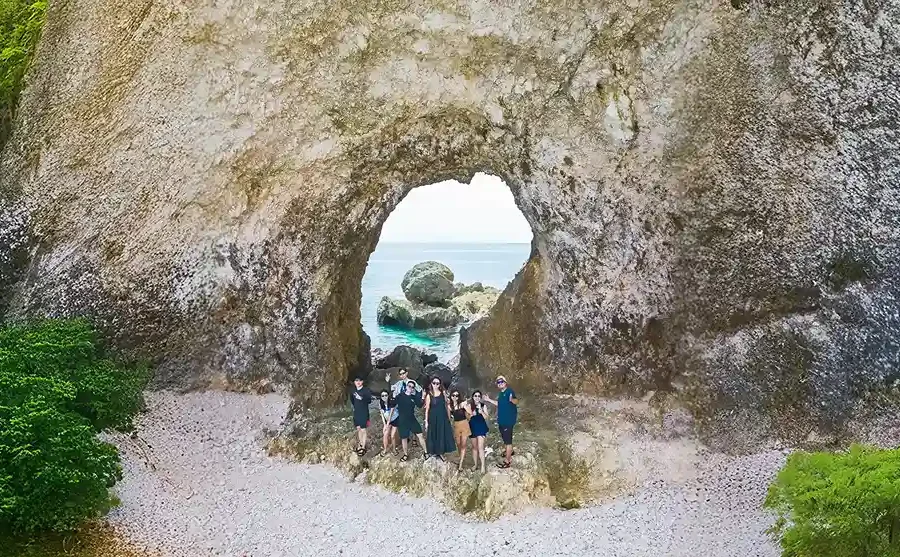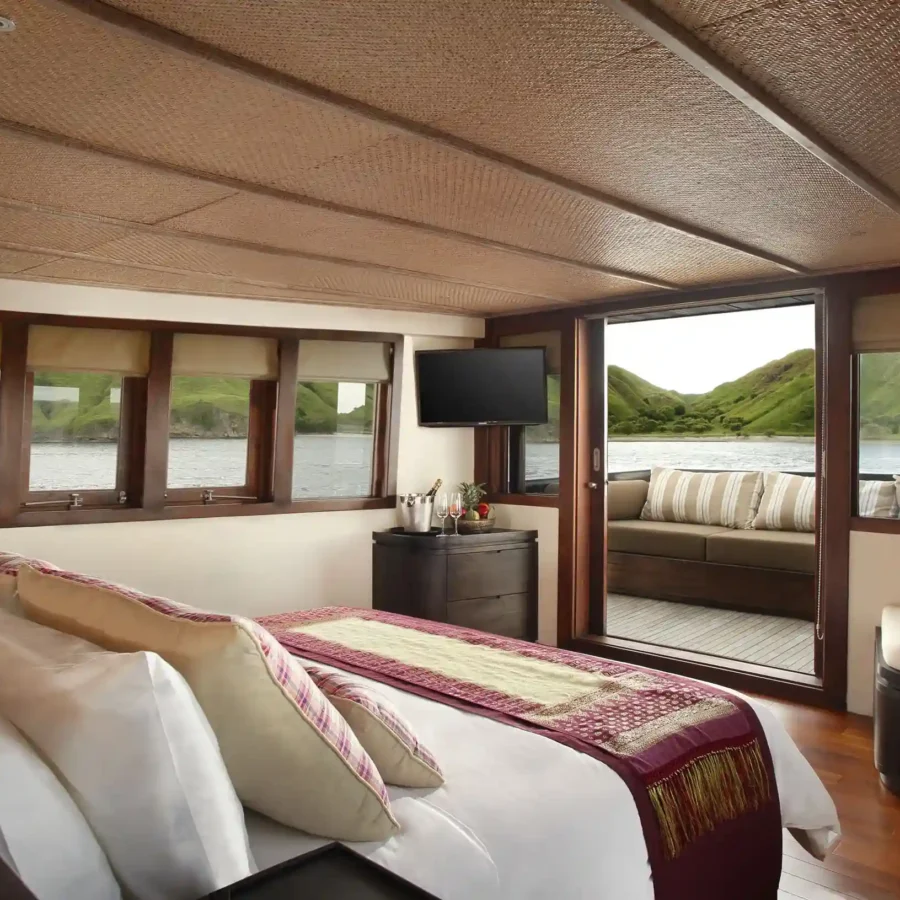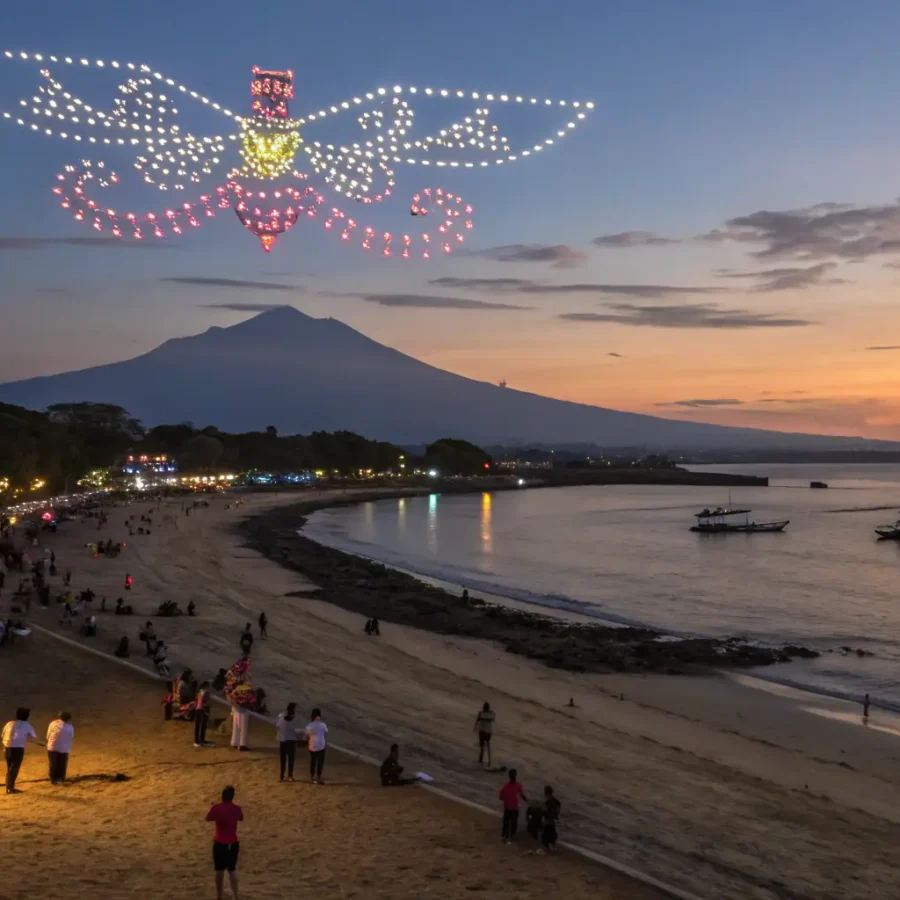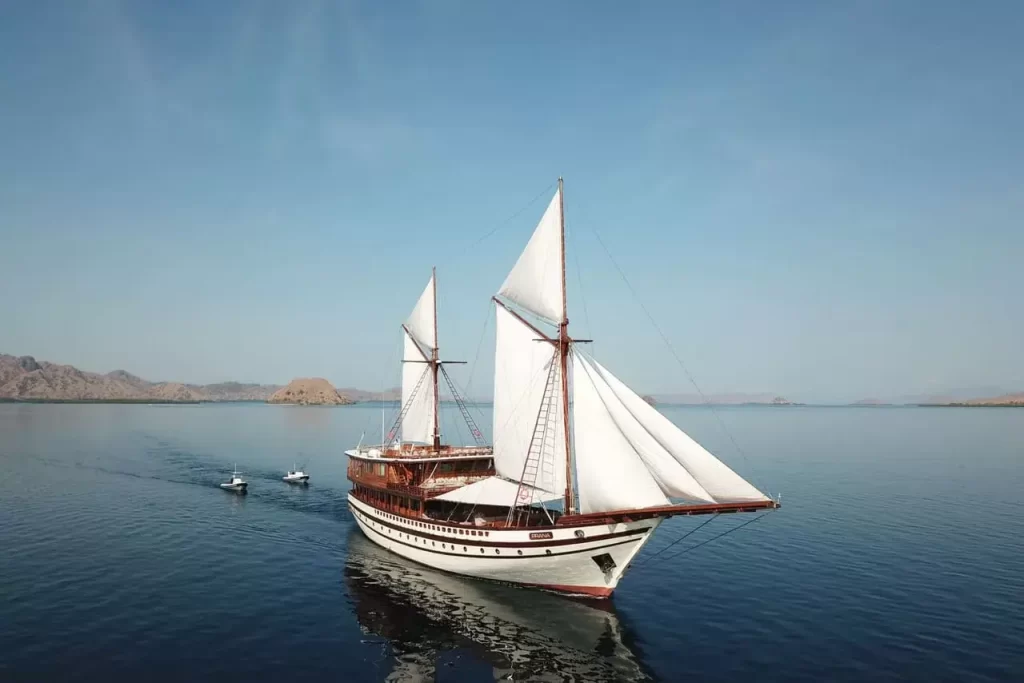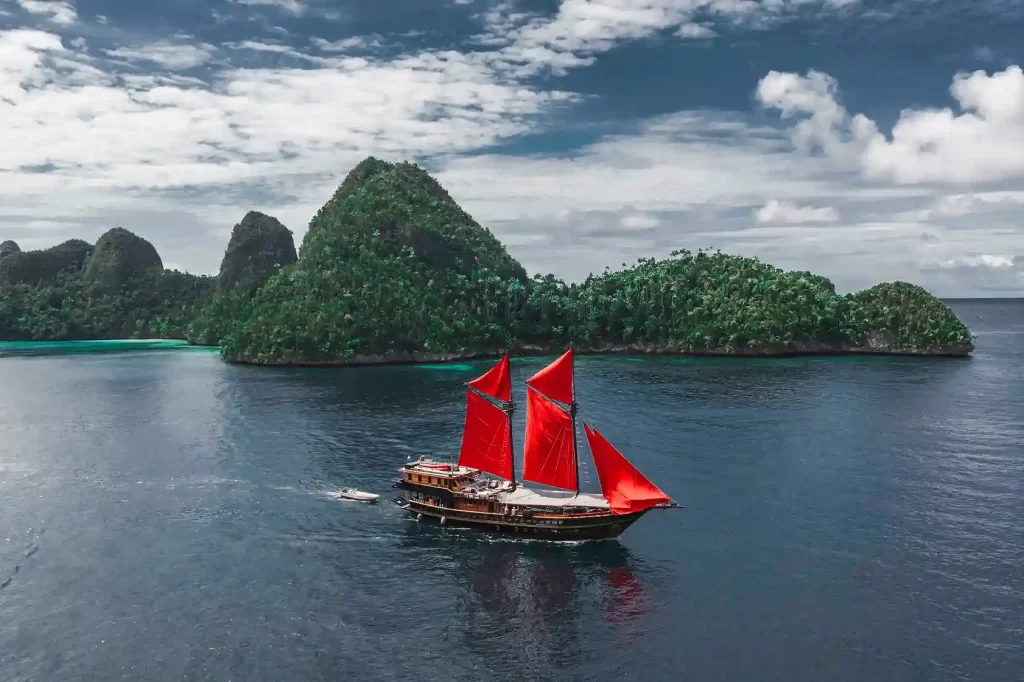When people hear about Raja Ampat, most immediately think of its stunning underwater beauty. But beyond the turquoise seas and majestic karst formations lies a long, often overlooked history: the Misool Kingdom. As one of the oldest traditional kingdoms in the Southwest Papua region, the Misool Kingdom holds a rich legacy of culture, politics, and religion that has shaped the identity of the local communities to this day.
In this article, you’ll dive deep into the history and culture of the Misool Kingdom, along with destination recommendations where you can witness the kingdom’s legacy firsthand in Papua.
Table of Contents
The Origins of the Misool Kingdom
The Misool Kingdom is believed to have emerged in the 14th or 15th century, born from the dynamics of coastal communities who lived off the sea and engaged in inter-island trade. The initial center of governance was in Lilinta, which later expanded to Sel Peleket as the royal power base. The kingdom’s founder was a charismatic leader named Fun Bis, from the Umkabu clan. He successfully united several local communities through kinship alliances and maritime cooperation, laying the social and political foundations of the kingdom. Misool’s strategic location along trade routes connecting Maluku, Seram, and Papua allowed it to thrive as a cultural and economic hub in southern Raja Ampat.
Over time, the Misool Kingdom developed a strong social structure rooted in clan systems. Two primary clans became the pillars of the kingdom’s authority: the Umkabu and the Soltip. Umkabu held the royal lineage and traditional authority, while Soltip were recognized as maritime rulers who safeguarded the waters and strengthened trade routes. This balance of land and sea reflects the harmonious and integrated nature of Papuan social systems.
Influential Kings in Misool’s History
Throughout its history, the Misool Kingdom had several notable leaders, especially during the colonial period and the transition to independence. These include:
- Abdul Majid (1871–1904)
A king based in the royal capital, Sel Peleket, who established diplomatic relations with Dutch colonial powers. - Usman
Officially crowned by the Dutch on July 19, 1905, as a recognition of local authority within the colonial structure. - Bahar Ad-Din Dekamboe
A post-1945 leader who maintained the kingdom’s stability during the early years of Indonesia’s independence.
Although the kingdom no longer exists administratively post-independence, descendants of the royal family are still honored as cultural leaders and continue to play roles in local traditions and village councils.
The Influence of Islam and the Tidore Sultanate
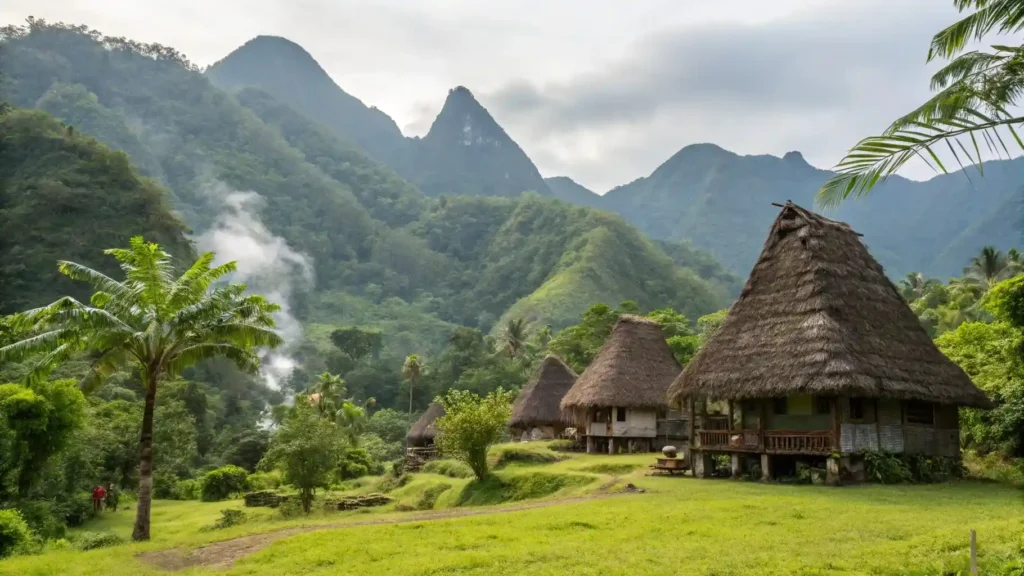
Islamic influence reached the Misool Kingdom in the 16th century through maritime trade routes from Maluku, especially via the Tidore Sultanate. Their relationship was built through cultural and political bonds such as intermarriages between nobles, the arrival of Islamic scholars and teachers to local villages, and symbolic recognition of Misool rulers by the Sultan of Tidore. Islamization in the region was peaceful and gradual, eventually laying the religious foundations that still stand today. These scholars not only spread religious teachings but also introduced new educational and social systems that reinforced the kingdom’s structure.
Interestingly, this process did not erase local culture. Instead, it fostered a unique form of acculturation. Today, you can still see its traces in many aspects, such as:
- Traditional mosques made of local wood, built facing the qibla with simple designs.
- Pilgrimages to the tombs of royal ancestors, blending Islamic rituals like tahlil with traditional customs.
- Arabic inscriptions on noble gravestones, combined with indigenous symbols.
- Adat deliberation systems inspired by Islamic principles of “syura” (consultation).
This fusion allowed Islamic culture in Misool to grow harmoniously alongside Papuan traditions, shaping a resilient spiritual identity that endures to this day.
Read more: How to Get to Misool Island? Check the Routes Here!
Social and Cultural Structure of the Misool Kingdom
The social structure of the Misool Kingdom was formed through a clan-based kinship system that continues to underpin local life. The two most influential clans remain the Umkabu, who inherit royal leadership, and the Soltip, maritime figures from Fafanlap. While the Umkabu clan resides inland and leads customary and ceremonial roles, the Soltip clan commands the seas, ensuring the kingdom’s marine defense and trade networks. This system not only clearly delineated social roles but also maintained balance between land and sea within the kingdom’s life.
Cultural values of the Misool Kingdom are strongly reflected in the traditions and artistic expressions of its people. Notable elements that are still preserved include:
- Welcoming ceremonies for honored guests, led by noble adat leaders.
- War dances and sacred rituals that narrate ancestral legends and clan dynamics.
- Traditional titles like “Kaicil” and “Majalahin” used in community deliberations and adat ceremonies.
- Oral storytelling and folk songs recounting the origins of the kingdom and inter-clan pacts.
These traditions not only serve as cultural identity markers but also continue to function as a social system that governs community relations today.
Historical Relics and Cultural Sites in Misool
The legacy of the Misool Kingdom lives on, not only in collective memory but also in physical cultural sites spread across Misool. These locations are more than just tourist destinations, they are silent witnesses to the maritime kingdom that once thrived in southern Raja Ampat. Many of these sites are still preserved and respected by local communities for their spiritual and historical significance.
Some notable heritage sites you can visit include:
- Misool Old Mosque in Lilinta Village
Built during the early spread of Islam, this mosque symbolizes the close relationship between the Misool Kingdom and the Tidore Sultanate. Its simple yet meaningful design reflects the blend of local and Islamic architectural styles. - Royal Tombs in Yellu and Harapan Jaya
These ancient graves are believed to be the final resting places of Misool’s kings and nobles. Tombstones are often adorned with Arabic calligraphy and traditional carvings, showcasing the kingdom’s cultural fusion. Locals still frequently visit these tombs to pay their respects. - Prehistoric Caves and Handprints in Tomolol
These caves were likely used by royal spiritual figures for rituals or meditation. The ancient handprints and symbols inside are thought to express the kingdom’s ancestral beliefs and connections with the spirit world. - Fafanlap Village, the Maritime Base of the Soltip Clan
Fafanlap was the stronghold of the Soltip clan, royal sea captains who controlled trade and defense routes. Even today, the village maintains its maritime heritage through boat-making traditions and sea-related ceremonies.
Let’s Explore Misool with IndonesiaJuara Trip
Looking back at the history of the Misool Kingdom reveals that this region is more than just a marine paradise with exotic views, it’s a land rich in culture, spiritual heritage, and a living social system. These elements prove Misool’s vital role in shaping the cultural identity of southern Raja Ampat. Understanding its history not only broadens your knowledge but also deepens your appreciation of the local values passed down through generations.
If you’re eager to witness the natural wonders and cultural richness once shaped by the glory of the Misool Kingdom, IndonesiaJuara Trip is ready to be your ultimate travel companion. We offer Raja Ampat Tour packages that not only showcase world-class marine landscapes but also provide access to historic sites and traditional villages rarely reached by regular tourists. Guided by local experts who understand the region’s history and culture, you’ll be invited to explore the heart of Misool, a place where nature and heritage walk hand in hand.


